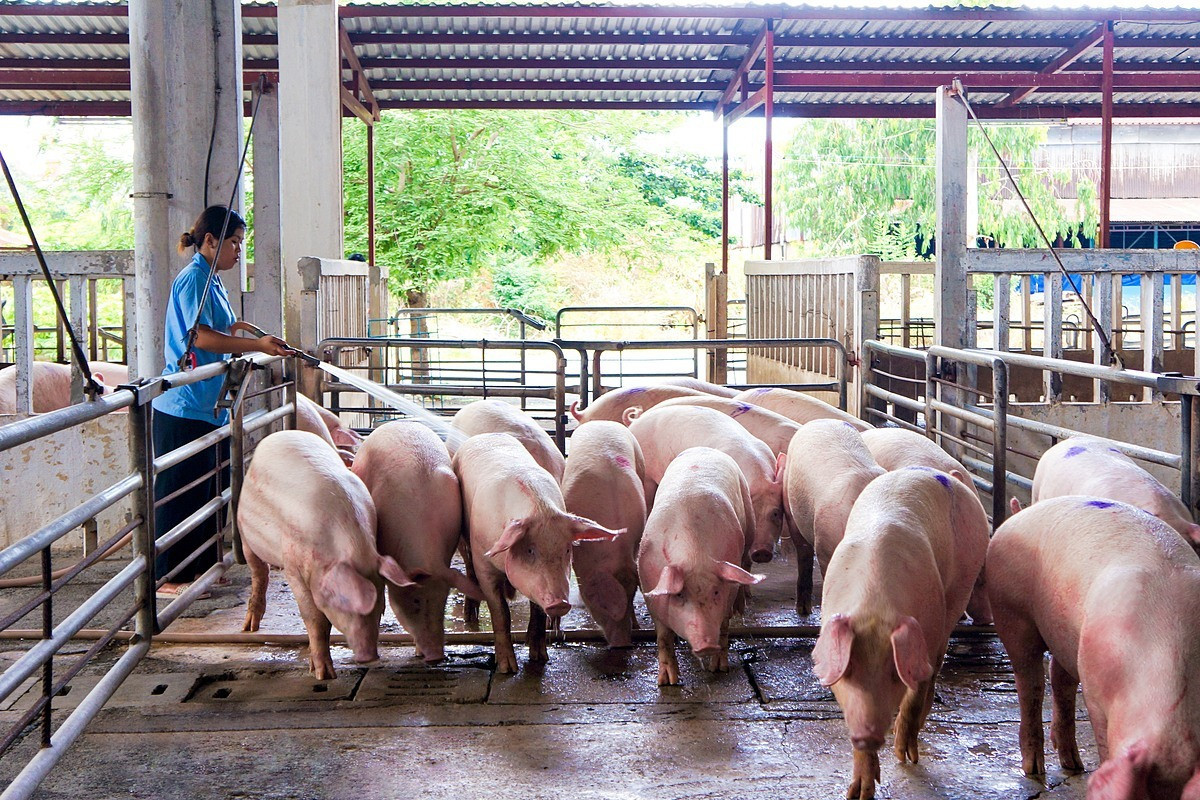This shift has pressured local farmers to adapt through contract farming or by forming cooperatives, as the traditional model of small-scale farming dwindles.

The "Promoting Sustainable Pig Farming" conference held on August 14th brought to light the significant advancements and challenges in Vietnam's livestock sector.
Pham Kim Dang, Deputy Director of the Department of Livestock Production at the Ministry of Agriculture and Rural Development, provided a comprehensive overview, revealing that the sector experienced a growth of 5.72% in 2023, contributing 26% to the agricultural GDP and more than 5% to the national GDP.
Pig farming, a pivotal component of this sector, contributes over 62% to Vietnam’s total meat production. This industry not only supports the dietary needs of Vietnam's vast population but also serves as a vital source of income for millions of farming households.
Vietnam has emerged as one of the top five nations globally in terms of pig population and ranks sixth in pork production as of 2023. This growth signifies a substantial shift from the earlier fragmented and subsistence-level farming to a more structured and significant industry scale.
The sector has faced considerable volatility over recent years, with impacts from the African swine fever and escalating feed prices affecting both the size of herds and market prices. According to the General Statistics Office, the total number of pigs slaughtered rose from nearly 48.2 million in 2019 to 52.9 million in 2023, with pork output exceeding 4.8 million tons.
As of June 2023, the national pig herd reached nearly 25.55 million, up by 2.9% compared to the previous year, and pork production climbed to 2.53 million tons, marking a 5.1% increase.
However, the structure of the industry has evolved significantly. The report from the Department of Livestock Production pointed out a noticeable decline in small-scale household farming, overtaken by more substantial, professional farming operations due to their better cost-effectiveness, quality, and compliance with food safety standards.
Over the past five years, the number of small-scale farming households has decreased annually by 5-7%, with a significant drop of 15-20% observed in 2019 and 2022. Currently, small-scale household production of pork has reduced to 35-40%, while professional households and large-scale farms now account for 60-65%.
The market's supply structure in 2022-2023 indicated that domestic enterprises held only 19% of the market share, with household farming at 38%, and foreign direct investment (FDI) enterprises dominating with 43% (according to a report by Vietcombank Securities). In the industrial feed production sector, FDI enterprises similarly hold about 60% of the total output, contrasting with 40% from domestic firms.
Key players in the market, including major domestic companies like Dabaco, Masan, and foreign firms such as CP, Japfa Comfeed, and Cargill, are actively developing integrated supply chain systems to modernize and stabilize the market.
Recent years have also seen complex challenges such as disease outbreaks and soaring feed costs. Fluctuations in live hog prices have led to unpredictable market conditions, with prolonged periods of low prices causing substantial losses for small-scale farmers, compelling many to transition to poultry farming or to contract with larger corporations.
Despite these shifts, Dang reassured that small-scale household farming will continue, albeit in a transformed manner. Small-scale farmers are now encouraged to either professionalize their practices or join cooperatives to increase their market strength, focusing on specialty or organic livestock linked to eco-tourism to maintain their competitiveness.
Deputy Minister of Agriculture and Rural Development, Phung Duc Tien, emphasized the importance of maintaining equilibrium in the consumer price index (CPI), particularly as pork prices, which constitute 65% of the CPI in the food basket, have shown volatility. It's crucial for the livestock industry to ensure continued growth and supply while keeping profitability balanced for farmers and affordability in check for consumers.
Tam An